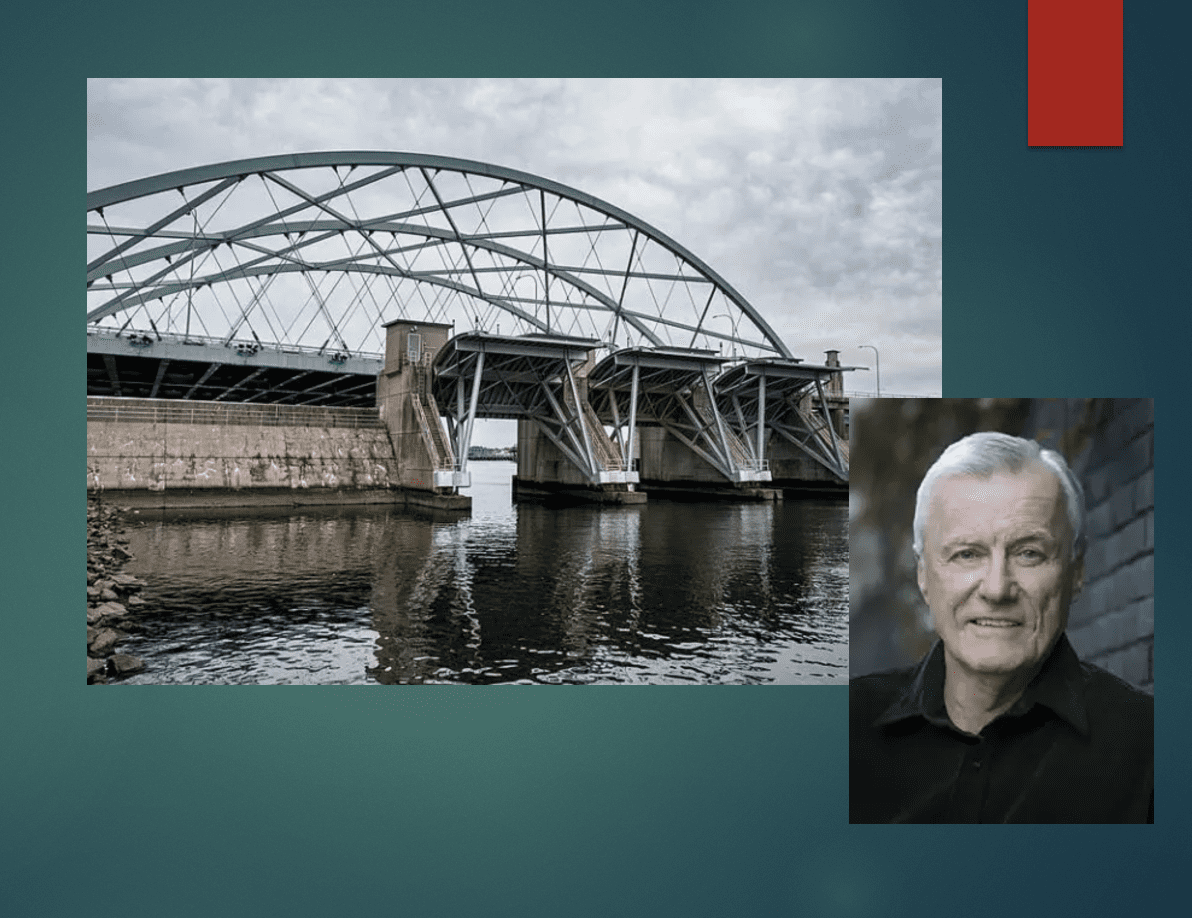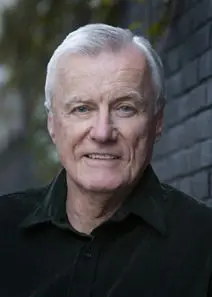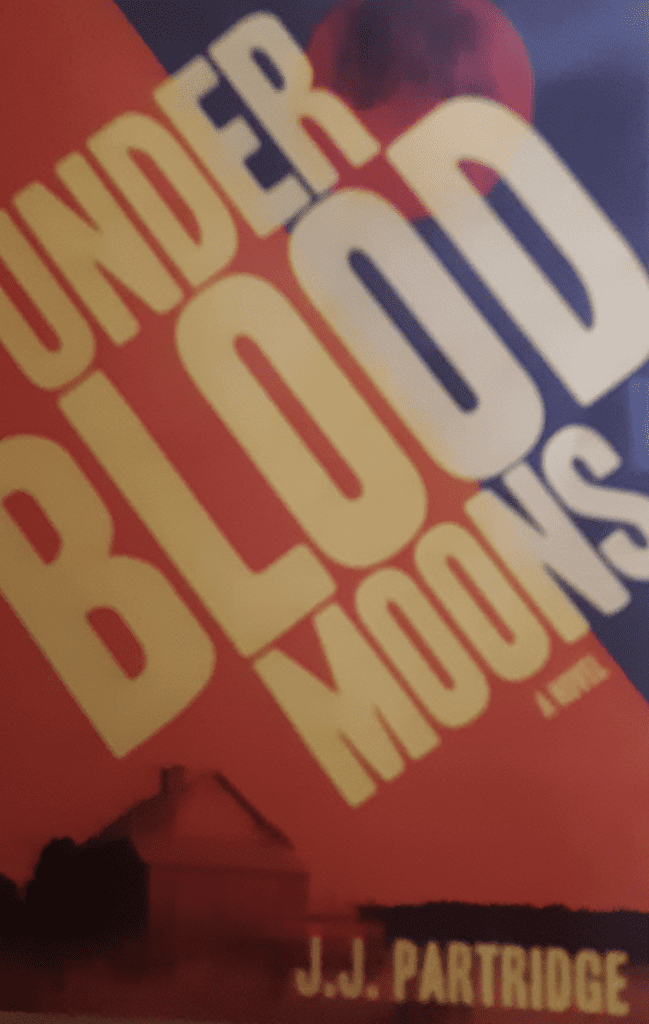Search Posts
Recent Posts
- Rhode Island Weather for May 5, 2024 – John Donnelly May 5, 2024
- Honoring 154 new Eagle Scouts May 5, 2024
- Gimme’ Shelter: Meet John at the Providence Animal Control Center May 5, 2024
- Ask Chef Walter: Mastering Asparagus – Chef Walter Potenza May 5, 2024
- Green Animals Topiary Garden sets its annual plant sale May 5, 2024
Categories
Subscribe!
Thanks for subscribing! Please check your email for further instructions.

Jack’s Angle: The Hurricane Barrier and the Prince of Providence – John J. “Jack” Partridge
by John J. “Jack” Partridge, contributing writer, commentary
With the declaration of Hurricane Preparation Week and the announcement by Mayor Smiley of a major repair at the Providence Hurricane Barrier, together with Senator Whitehouse’s announcement that he has secured federal financing for a Corps of Engineers’ assessment of the Barrier in light of rising seas and more virulent storms, it occurred to me that it was time to reveal the story of when the Barrier was virtually inoperable and the city faced a flood crisis, with an insight into how Mayor Cianci, then the Prince of Providence, handled the crisis affecting the safety of Providence.
He and the city survived the crisis because of citizens’ action and a case of good luck in the weather when the city was most vulnerable.
1997, and the Prince of Providence was riding high, again. He had little political opposition, his political persona was national in scope, the disgrace of the DeLeo criminal assault case conviction was out of the public’s mind and he had been reelected mayor (the phrases “he is a rogue, but he is our rogue” and “he never stopped caring”) were often heard during the 1990’s in Providence’s precincts.
The city was experiencing an economic and cultural Renaissance, moving rivers, attracting redevelopment, with a thriving artistic community, and experiencing a changed attitude and confidence: Providence was no longer just a blot on the road map between New York and Cape Cod, an achievement for which its high energy mayor could rightly boast. The city was lauded as a lovely urban center previously known more for mob dominance and crime than its lovely bones and smart people.
In retrospect, it is now clear to me that The Prince of Providence was not going to allow bad news nor publicity about himself or his stewardship to disturb his reign nor the good vibes. What could have been more deleterious to his vision of himself or his stewardship than it being revealed that the city would again be flooded during a hurricane because of his administration’s negligence? Given his personality and political view of the world, you might guess what he did when the Corps of Engineers, and his own public works staff reported to him in writing that the Barrier was in such poor condition it could not prevent such a catastrophe.
Yes, he ignored the warnings. The communications he received were not shared with the City Council nor his principal department heads, nor his political allies, nor civic leadership, in fact the communications were placed in a desk drawer in his office and never distributed.
This purposeful dereliction of duty was never exposed, and he rolled the dice that the city would “luck out”
WHAT IS THE BARRIER?
The Providence Hurricane Barrier was designed by the Army’s Corps of Engineers and constructed in the mid-1960’s. Despite its name, it is in reality, a complex system of preventative structures such as dikes out to Allens Avenue and India Point, a barrier across the upper Providence River (now tucked under the Rt. 95 – Rt. 195 interchange), containing large flood gates to prevent the waters of Narragansett Bay from entering downtown Providence, as occurred in 1938 and 1952, and a pump system located inside the Barrier that sucks in rain water and the floods of river water that back up into the downtown, and expels the water under the Barrier into the Bay. At a minimum, according to experts, three of its five pumps should be operational to prevent downtown flooding, and the estimated damages of hundreds of millions of dollars if there was a flood. The pumps are massive and among the largest ever manufactured in the United States, and equal in size to the huge pumps that control water levels at the Grand Coulee Dam.
The Barrier was constructed with state of the art engineering and technology, circa mid-1960’s, albeit with an electrical system that looped through it that looked to me like a very large version of Grandma’s basement fuse box, that were required to start and operate the gates and the pumps.
AFTER CONSTRUCTION
The planning for the continued operations of the Barrier upon its completion in 1966 was deficient in that it was left to the city of Providence to repair and maintain the system. The city failed in its duty. By 1997, the city’s neglect of the Barrier, during the Prince’s second administration had reached a critical point with the flood gates failing and only one pump online. The public had no idea that the city had failed to keep its commitment on maintenance; that was known only to a few city Public Works employees. The Barrier’s deplorable condition was treated as highly confidential by the employees, as were their written communications to the Prince.
The Prince also received communications from the Corps of Engineers as to the Barrier’s dangerous condition which he failed to disclose. But, somehow a rumor as to the Barrier’s condition started and eventually got to me. As legal counsel to the Greater Providence Chamber of Commerce, I was shocked that the neglect was endangering the city. I felt I had to check it out, and working with a brave City Engineer (this was in an era without employment protections for whistle blowers) and researching public records, I verified the existence of the warning communications to the Prince, and brought the situation to the attention of Jim Hagan, the Chamber of Commerce’s CEO, and Jim Winoker, its volunteer Board of Directors chair and a major owner of downtown real estate. Both were immediately alarmed and agreed that the Prince had to be confronted.
FORMING the COMMISSION
Winoker called the Prince for a meeting, but wisely chose not to disclose what he knew about the condition of the Barrier because he was concerned that if the Prince was aware of the proposed meeting’s agenda, he would refuse to meet. Eventually, they met and at first the Prince tried to blow off Jim’s concern, and denied the warnings he had received but, in the end, under Jim’s prodding and threat to go to the media, he didn’t reject Jim’s suggestion of an independent review of the Barrier by a volunteer commission, so long as it would be announced as the Prince’s own initiative, with a membership appointed by him which would give the Prince political cover. He agreed he would appoint non-political members including some Chamber nominees.
But he did reject Jim’s insistence that I chair the commission in view of my knowledge of the situation and interest. At the time, that would have been a bitter pill for the Prince since I was still high on the Prince’s enemies list because a few years earlier, along with my partner, Steven Snow, my law firm represented civic leaders in a lawsuit brought to prevent the Prince from running for the mayoralty he had just resigned after his conviction for criminal assault, and serving a five-year suspended sentence for attacking DeLeo with a lit cigarette, an ashtray and a fireplace log. We litigated his candidacy and had been successful at the Board of Elections, and in the Rhode Island Superior and Supreme Courts, and the Prince was forced into what turned out to be a temporary retirement from public office until his political resurgence and election in 1990.
Jim courageously was insistent that I be appointed chair of the Commission and said if the Prince refused to appoint me to lead the group or applied political pressure to me or its other members, he would call in the media. The next day, the Prince called Jim and agreed to appoint a Mayor’s Advisory Commission on the Barrier, and that he would appoint members which would include some suggested by the Chamber, with myself as the chair. For him, appointing me was a bitter pill to swallow because I remained on his enemy list because of the election litigation years earlier. The Prince gave Jim a commitment that the Commission would be free of political interference by the Prince. And Jim confirmed that as far as he was concerned there would be no political bias in the commission. Jim called me and asked if I would serve as chair under those conditions, to which I agreed; the Prince never called to ask me to serve but I received a draft press release indicating my appointment .
THE COMMISSION
The Commission was formed on July 1, 1997. At the outset, Commission members agreed to focus on repair issues and suggest immediate remedies and procedures for the future. Whether a supporter of the Prince or not, its members believed that an accusatory political approach would meet with the Prince’s resistance to the needed repairs. Thus, the members stayed away from finger pointing.
We met weekly for months, quietly gathering additional data and thoughts from experts, Public Works employees and interested parties such as respected engineers, environmentalists, local power plant and utilities owners, and the Corps of Engineers. We pushed the city to accelerate implementation of needed repairs to avoid a catastrophe if a hurricane with heavy rains hit the Bay and city later that year. We had our fingers crossed for the impending hurricane season that the newly excavated Ellipse in the Capital Center would act as reservoir for any flooding rivers, and that the flood gates could be operable by hurricane season to relieve the pressure of flood waters downtown. Fortunately, the critical weeks passed without a hurricane emergency.
DELIVERING THE COMMISSION’S REPORT
In November 1997 the Commission submitted its report to the Prince, consistent with its mission and without a political bias. The Prince called a press conference in his office and made the point that the Commission was his initiative and that he had helped uncover the poor conditions of the Barrier, caused by outdated engineering and mechanical flaws and mal-administration while he had been out of office. The Report itself, however, did not minimize his mismanagement and maintenance neglect, while he was mayor. It outlined a schedule of needed actions, and asked the Corps of Engineers to recommend improvements and to take over management. Copies of correspondence from the Corps (belatedly given to the Commission by the Corps) and the internal memos that triggered the rumors and our initial concerns were included in the Report’s appendix. Since the Prince had an advance copy of the Report and made no objection as to their inclusion in the Report’s appendix, I realized the Prince hadn’t bothered to read the Report, at least to the appendix, as clearly otherwise, given his personality, he would have objected.
As chair, I presented the Report in a careful, low-key manner to the media at the press conference, answered a few questions on the Barrier’s status, and when I was done, surprisingly to me, there were no media questions as to the years of neglect and mismanagement of the Barrier during the Prince’s administration. Instead, the media questioned the Prince on some other issues facing him at the time. After the television lights and mikes were off, the Prince said to me, “See, nobody cares. The Commission is history, you are terminated,” and “that report will never ever see the light of day again.”
THE FOLLOW-UP
I felt misused, of course, and obligated to inform the principal members of the Commission and Jim Winoker of the mayor’s comment. We decided to have a commission follow-up meeting to discuss how to stay current as to whether the Prince would follow through on the repairs; at the meeting, we agreed to attempt to stay current on the city’s commitments. By then, as urged on by the Commission, the city was bonding pump repairs and another pump had come online, and the flood gates could be raised and lowered mechanically, and if needs be by hand, so we felt relatively comfortable with the progress we had initiated for which we claimed no credit. Also, we realized that there were many members of the public and the City Council who had become aware of the need for improvements at the Barrier and could be energized if the city failed to keep the Barrier operational.
I was asked to inform the Mayor that Commission members would informally stay involved with the issues that we and the Corps had uncovered and discussed in our Report. His reaction was loud, and he pointedly alleged political motives by me, and warned me of his wrath, but his reaction only steeled my resolve to see the Barrier improvements through. Fortunately, I had the backing of Senator John H. Chafee whose staff member Janet Coit served on the Commission and of other Commission members particularly with respect to Corp’s increased involvement. Senator Chafee’s interest was later continued by his son, Senator Lincoln Chafee who followed through in getting the Corps to take over the Barrier’s engineering and supervision of maintenance.
THE BARRIER: A CONTINUED SUCCESS
Over the following months, the city followed through with our recommended significant and costly repairs, and neither I nor the other commission members had cause to go to the media. It has stayed operable. I always wondered if the threat of exposure played a role in the subsequent rehabilitation of the Barrier and was proud to think that the Commission’s Report and its plan of reform and repairs did see the “light of day”, through the implementation of its recommendations, although the Prince later carried through on his threats to me (by, as mayor, suggesting to prospective clients not to hire my law firm if they had business with the city and later, post his imprisonment, as a radio personality, when he seemed to enjoy playing “Partridge in a Pear Tree” before or after a slur about myself or my law firm. I did not accept his offer to appear on his program to rebut him, all too aware how he would control the mike.
TO THE PRESENT
Together with others interested back then, and now, and considering rising seas and changing climate issues, I look forward to the Corps examination of the varied aspects of the Barrier and its mission. Hopefully, we will all learn what is needed to protect the city and not have to reprise the time when the Prince of Providence tried to keep a lid on a very serious, even life endangering situation from public scrutiny.
___
To read more columns by Jack go to: https://rinewstoday.com/our-team/john-j-jack-partridge/

John J. ‘Jack’ Partridge, is a retired lawyer and Senior Counsel to the firm of Partridge Snow & Hahn LLP, with four offices in Rhode Island and Massachusetts.
A Pawtucket native, Jack graduates from St. Raphael Academy and summa cum laude of Providence College, where he majored in history. After Harvard Law School, he served in the United States Army in Vietnam, where he was awarded the Joint Service Commendation Medal. In 1967, he joined the firm of Tillinghast Collins & Tanner. In 1988, he became a founding partner of Partridge Snow & Hahn LLP.
Jack has been engaged in many civic, political, governmental, and business organizations, serving as legal counsel to the Greater Providence Chamber of Commerce for 27 years and was chairman of the Old Slater Mill Association, Common Cause Rhode Island, and Memorial Hospital of Rhode Island.
He is the co-founder of The Pawtucket Foundation and an officer and director of innumerable not-for-profit entities. He served as a member of the Board of Directors of the Pawtucket Boys & Girls Club and was Treasurer of the Ocean State Charities Trust.
Jack has a long history of leadership involvement with Providence College, which recognized him in 1999 with the Providence College Alumni Association Recognition Award for Public and Community Service, and in 2011, with an honorary Doctor of Laws degree.
He is married to the former Regina McDonald and has three children: Sarah, Gregory and David.

